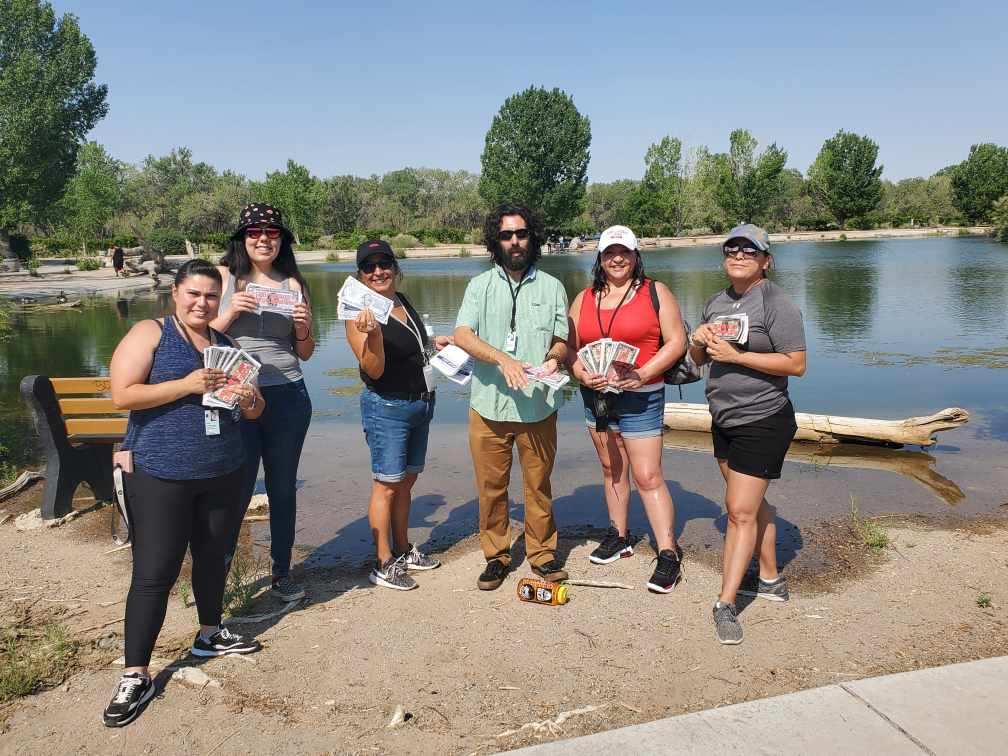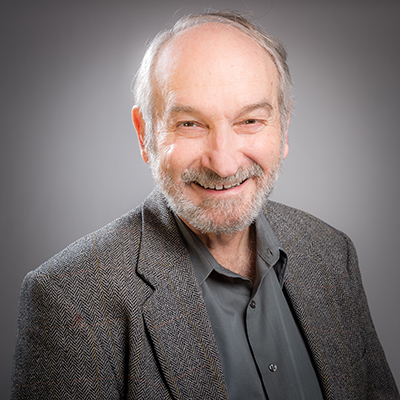Preparing for Disaster: UNM Hospital Participates in Region-Wide Emergency Training

The Home Stretch
UNM Office for Community Health Helps Final Vaccination Push
As state health officials pushed to get 60 percent of New Mexicans fully vaccinated against COVID-19, The University of New Mexico Office for Community Health kicked into high gear this week, dispatching staff across the state to encourage people to get inoculated.
“For these past four days, our entire workforce – community health workers, HEROs (Health Extension Regional Officers), the COVID Call Center, Immunization Coalition and office staff – have dropped other responsibilities and just focused on getting folks their second shot or Johnson & Johnson vaccine,” said Arthur Kaufman, MD, Vice Chancellor for Community Health.
“They have been directly contacting patients and providers, gone door-to-door knocking, reaching out to the home-bound and contacting people via social media and Radio Lobo. It has been quite an effort.”
State officials have set the 60 percent vaccination threshold as a condition for fully reopening the state on July 1. A vaccine lottery, open to residents who have been fully vaccinated, includes a grand prize of $5 million, and earlier this week an additional incentive program offered people $100 gift cards to get their Pfizer or Moderna booster shots or the single-dose Johnson & Johnson vaccine.

The outreach by the Office for Community Health (OCH) draws on its close ties with Laura Parajon, MD, the state’s deputy health secretary, who is currently on leave as OCH executive director. She reached out to ask that the office activate its community health worker (CHW) network to help spread the word regarding the $100 vaccination award.
More than 30 CHWs spread out around the Albuquerque metro area, meeting people face-to-face in and around Downtown, in the South Valley and the International District, said Venice Ceballos, operations director for the OCH Community Health Workers Initiative.
Despite this week’s heat wave, the team immediately mobilized and hit the streets, she said. “We got a bunch of fliers and divided up by regions in the city. Some were in pairs and some were in groups. They’ve done a ton of outreach.”
One barrier they encountered was that many people lacked transportation to get to a vaccination site, so the CHWs distributed bus passes or arranged for free Uber rides, Ceballos said.
Persuading people who were hesitant to get the vaccine involved one-on-one conversations, she said. “We had to undo some myths about the vaccines . . . it’s that personal connection.”
When CHWs spread the word about the $100 gift cards at a hotel near the airport that houses people experiencing homelessness, many of them walked over to The Pit, which has served as a major vaccination site since January, to get their shots.
A pair of bilingual CHWs have also been calling people who failed to return for their follow-up booster shots, Ceballos said. “A lot of people didn’t know the time to come back or thought because they got one shot they would be OK.”
The OCH has also helped arrange vaccines for people staying at Albuquerque’s Westside homeless shelter, said OCH program manager Kelly Camden. And counties the office is arranging to have EMS personnel in Bernalillo and Sandoval visit homebound people administer their first or second shots.
OCH staff have also manned the phones to reach out to elderly or disabled people to arrange vaccinations, transportation and other services, Camden said.
“The human contact in this time has been really important,” she said. “I can’t tell you how many people were just glad to have someone to talk to – the folks who needed the home visits in particular.”

We learned social media, PSA announcements, radio and TV spots are still not enough. This massive behavior change has to be accompanied by boots on the ground, by one-on-one human contact.
People with mobility issues and other disabilities have also been a focus, with OCH workers helping them get transportation or find a vaccination site that could accommodate them. “We’ve arranged transportation for people throughout the state, one by one,” she said.
Kaufman credits his staff for their efforts and ability to connect with people – especially those who didn’t understand the vaccination process.
“It is amazing, despite the public advertising, how many people still did not know where to get vaccinated or that they could collect $100,” Kaufman said. “We learned social media, PSA announcements, radio and TV spots are still not enough. This massive behavior change has to be accompanied by boots on the ground, by one-on-one human contact.”